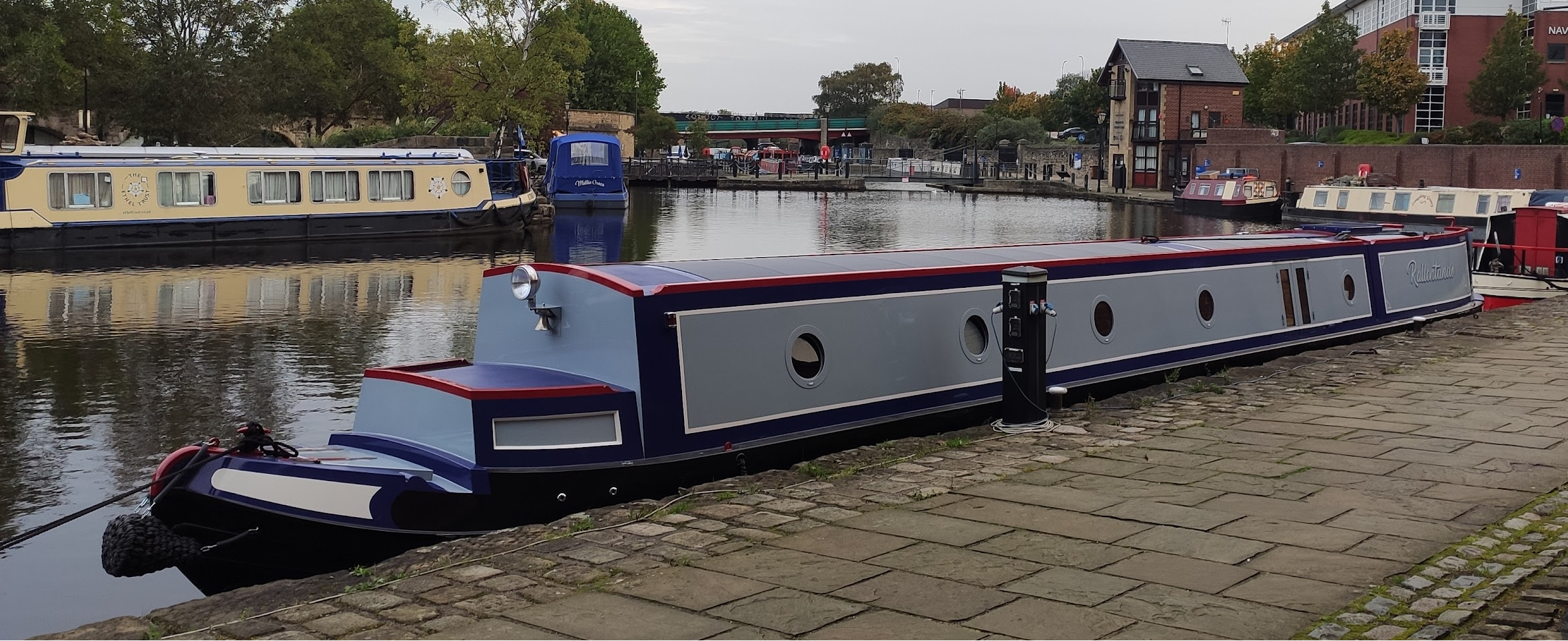Whether adding big alternators onto your existing engine or a new one, your biggest problem is going to be finding a way of taking out a lot of power (most/all of the engine power?) through belts, because engines simply aren't designed to do this.
The alternative would be to couple a PMAC motor directly to the crankshaft and use this as a generator via a 48V motor controller in regeneration mode, these can quite happily provide gundreds of amps -- actually this is your electric drive system in reverse, and will cost the same again, it's what the "Manel monster" you referred to is.
If you could figure out how to do clutches, you could put one between engine and motor and another one between motor and prop, which would allow diesel or electric propulsion or charging -- this is a parallel hybrid, means you only need one motor and controller.
Or put lots of solar panels on the roof and use these to provide most of your power in summer, and have a smaller cheaper generator (not built-in?) for charging -- but you still need the electric drive system and LFP batteries.
It looks like you're trying to build your own hybrid boat simply and very cheaply, and to be honest if it was that simple and cheap lots of people would have already done it... 😉



